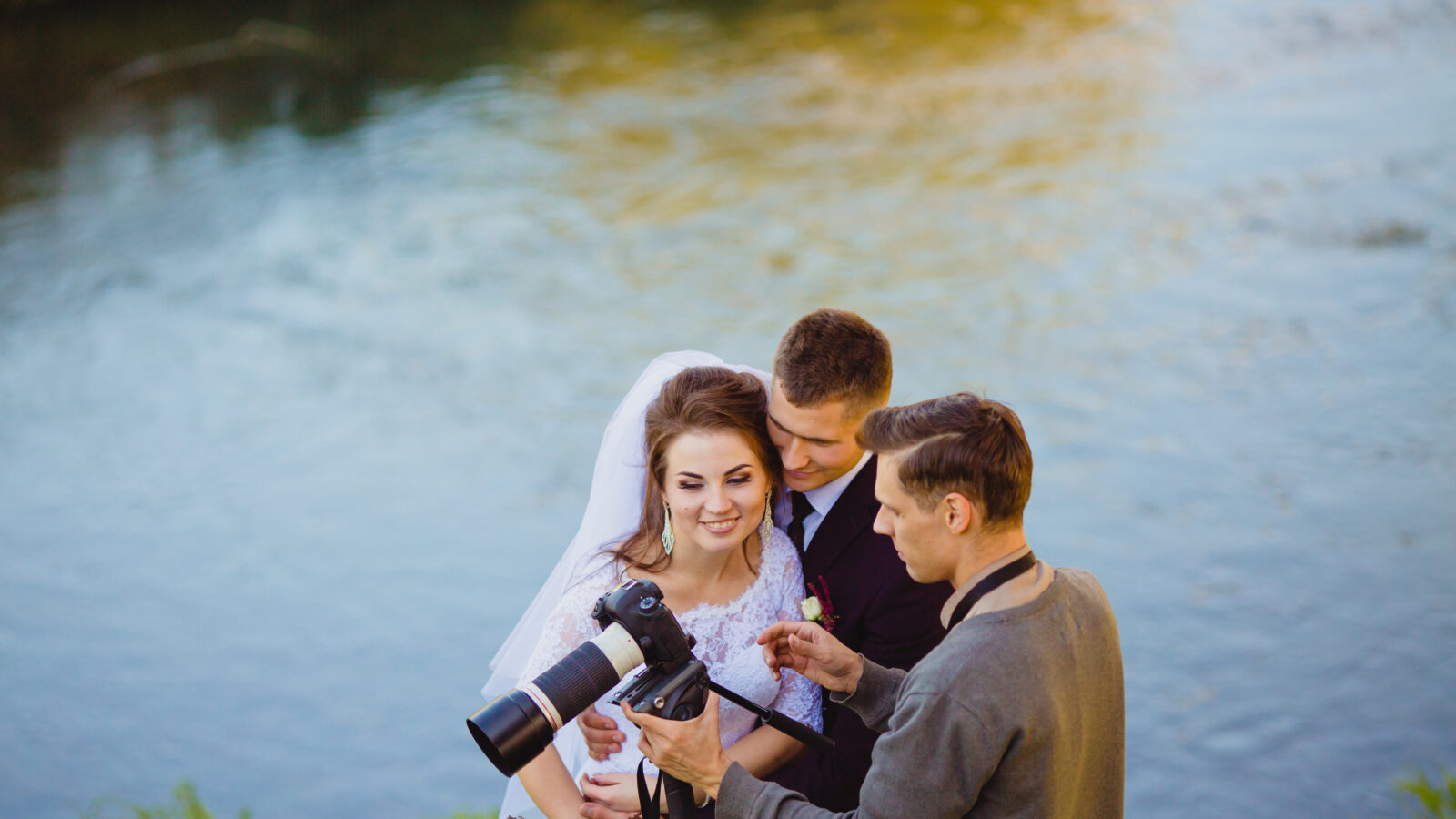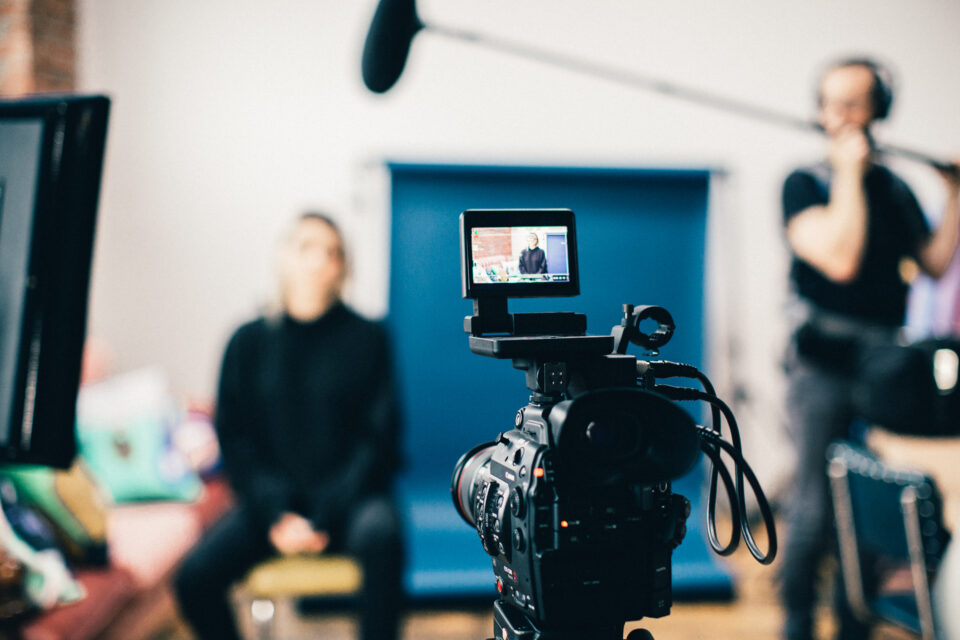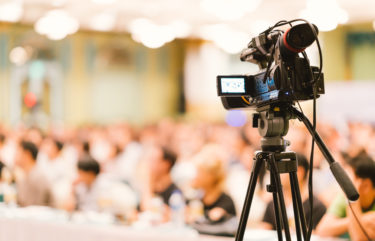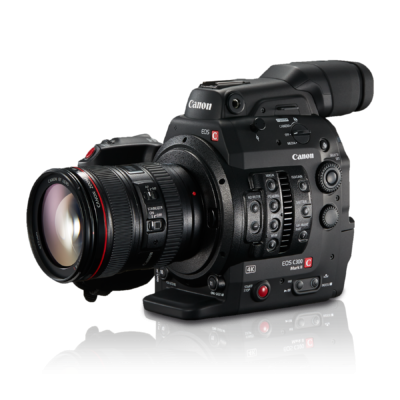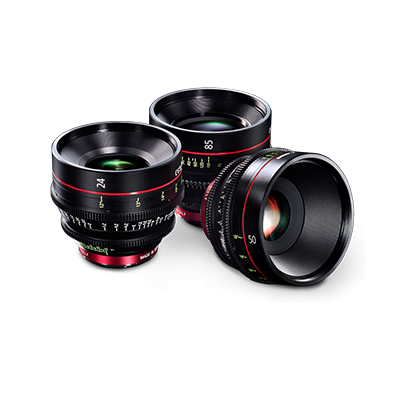Six simple rules for shooting memorable wedding videos
A couple’s wedding video can be a memento that they cherish forever. But it can also be something they watch once, pack away, and then remember only years later, during idle musings about all the money they wish they hadn’t spent. As the person hired to document the proceedings for posterity, it’s your job to ensure the latter outcome doesn’t come to pass. Our tips below are designed to help emerging wedding videographers to do just that.
Understand couple’s vision
It’s vitally important to keep the lines of communication open with the bride and groom and/or their wedding planner—from the time they book your services up to the day of the ceremony. (Once things get started, of course, leave them alone!)
- Be aware of their style and aesthetic preferences.
- Know the day’s schedule so you can anticipate shooting locations, etc. (and attend the rehearsal, if possible).
- Make sure you’re prepared to get all the “traditional” wedding shots, including the vows, first dance, cake cutting, and the like.
- Identify key guests to ensure you film them sufficiently.
Know the venue and vendors
Every ceremony and reception venue has a different layout and different rules you may need to abide by when filming.
- Determine optimal shooting locations—but also areas that are off-limits, or where your ability to film will be limited (by physical obstacles, lighting restrictions, etc.)
- Be aware that some reception venues require proof that you’re insured before you’re allowed to film on-premises.
Likewise, coordinate with other vendors. Work in tandem with the photographer, for example—if for no other reason than to avoid getting in each other’s way. And the DJ for the reception may be able to help you get better audio.
Choose the right gear
You need to be nimble and mobile on shooting day, otherwise you could miss out on the spur-of-the-moment, well, moments that make the proceedings magical. So keep your kit as bare bones as possible, with gear like:
- A high-quality camera, such as Canon’s Cinema EOS C300 Mark II, plus two or three lenses—a 24mm, 50mm and 85mm, for example, or a zoom lens that achieves most of that range.
- Shotgun and lavalier microphones, monitor headphones, and audio cables.
- A tripod and/or monopod. No one’s going to be happy with you going full Paul Greengrass for their wedding film.
- Backup batteries and memory cards.
- A secondary camera, like a Canon EOS 5D Mark IV, which you can place and control remotely for an additional angle of the ceremony, speeches and other highlights. (If you have an assistant, she can handle this.)
Record backup audio
You only have one chance to record your couple’s vows and speeches, so having a redundant audio setup is a must.
- Mount a high-quality shotgun mic on your camera to capture overall sound.
- Ask the groom or officiant to wear a lavalier mic for “right there” audio during the ceremony.
- Ask the DJ (or the reception venue’s sound technician) if you can plug into her soundboard—to record speeches directly from the microphone.
- Consider using a portable digital recorder, too. Place it on the altar to record the vows, at the lectern during speeches, and at the head table to capture candid remarks.
Get b-roll
In addition to filming all the traditional wedding shots, you’ll need to shoot coverage for cutaways, interstitial scenes, and additional context.
- Get a mix of expository and narrative coverage—from scene-setting building exteriors and decor details to storytelling moments, like guests arriving at the ceremony and the wedding party during the pre-reception photo shoot.
- A secondary camera is particularly useful for capturing crowd reactions during the vows, speeches, first dance and other highlights.
Prepare for low light situations
As the party grows, the lights tend to go low. Your camera and lenses should be optimized for shooting with limited light. For a bit of extra help, however:
- Talk to the DJ about her lighting setup and use it to creatively illuminate your frame.
- If you’ll be shooting interviews with guests in a defined space, a two-light umbrella kit (a.k.a. a clamshell setup) to minimize shadows.
- Soften your light sources where necessary by having a reflector or two on-hand.

